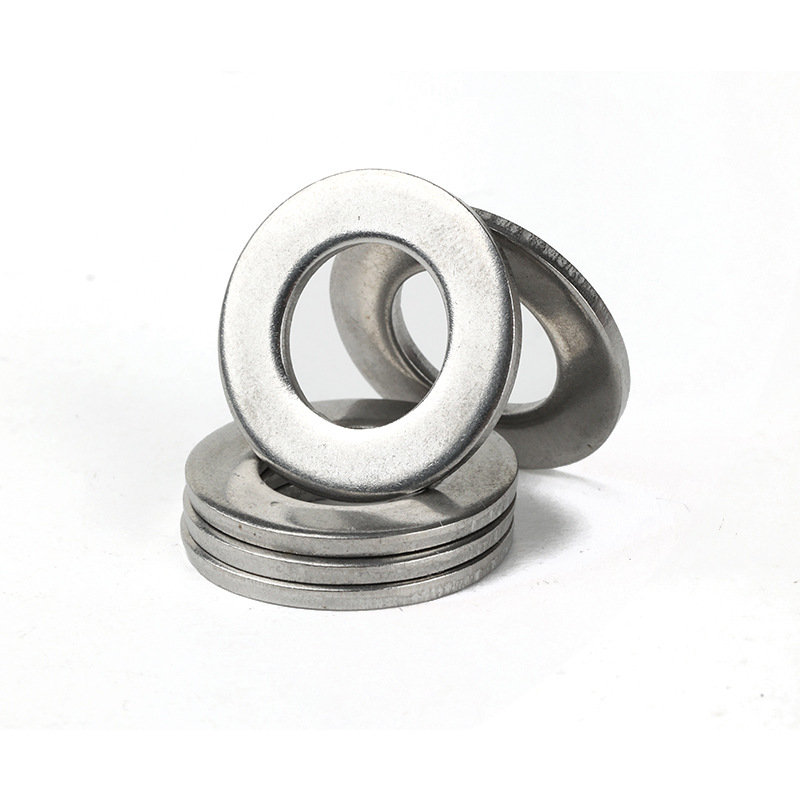

grade 4.8 8.8 galvanized threaded rod - fastener
Oct . 12, 2024 12:05 Back to list
grade 4.8 8.8 galvanized threaded rod - fastener
The Importance of Grade 4.8 and 8.8 Galvanized Threaded Rods in Fastening Applications
In various construction and manufacturing industries, fastening components play a critical role in ensuring structural integrity and safety. Among these components, threaded rods are particularly significant due to their versatility and strength. Specifically, grade 4.8 and grade 8.8 galvanized threaded rods have gained popularity for a range of applications. This article will delve into what these grades mean, their properties, and the advantages of using galvanized materials in fastening applications.
Understanding Threaded Rod Grades
Threaded rods are identified by their grade numbers, which indicate their tensile strength and yield strength properties. Grade 4.8 threaded rods are characterized by a minimum tensile strength of 400 MPa and a yield strength of 240 MPa. These rods are typically used in applications where lower strength and cost-effectiveness are essential, such as light structural work and general fastening tasks.
On the other hand, grade 8.8 threaded rods provide a substantial increase in strength, featuring a minimum tensile strength of 800 MPa and a yield strength of 640 MPa. This makes them suitable for more demanding applications, such as heavy industrial settings, construction of bridges, and other projects requiring durability and robustness.
The Role of Galvanization
Both grade 4.8 and 8.8 threaded rods can be galvanized, a process that involves coating the steel with a layer of zinc. Galvanization enriches the rods with corrosion resistance, making them suitable for outdoor use and in environments prone to moisture and chemical exposure. The zinc coating forms a sacrificial barrier that protects the underlying steel from rusting and degradation, thereby extending the lifespan of the rods.
grade 4.8 8.8 galvanized threaded rod - fastener

The benefits of using galvanized threaded rods are manifold. The corrosion resistance they offer is vital for maintaining structural integrity in constructions exposed to harsh weather conditions or corrosive substances. Furthermore, the galvanization process enhances the rods' surface finish, resulting in a more aesthetically pleasing appearance.
Applications and Advantages
Grade 4.8 galvanized threaded rods are commonly used in non-critical applications such as infill panels, fences, and light-duty constructions. Their cost-effectiveness and adequate strength characteristics make them a popular choice for budget-sensitive projects.
Conversely, grade 8.8 galvanized threaded rods are employed in more critical applications where failure is not an option. They are widely utilized in heavy construction, automotive manufacturing, and machinery assemblies. The strength and reliability they provide are essential for ensuring the safety and performance of engineered structures.
In addition to their strength, both grades of galvanized threaded rods offer advantages in ease of installation. The threaded nature enables quick and secure fastening, allowing construction processes to proceed efficiently. They can be easily cut to length, making them adaptable for various applications.
Conclusion
Grade 4.8 and 8.8 galvanized threaded rods are indispensable components in modern construction and manufacturing industries. Understanding the differences between these grades is crucial when selecting the appropriate threaded rod for a specific application. While grade 4.8 rods offer a cost-effective solution for lighter applications, grade 8.8 rods ensure strong performance under critical conditions. Galvanization provides added protection against corrosion, which is essential for the longevity and safety of any project. As such, incorporating these materials into fastening systems is vital for constructing safe, durable, and efficient structures.
Latest news
-
High-Strength Hot-Dip Galvanized Bolts-Hebei Longze|Corrosion Resistance&High Strength
NewsJul.30,2025
-
Hot Dip Galvanized Bolts-Hebei Longze|Corrosion Resistance&High Strength
NewsJul.30,2025
-
Hot Dip Galvanized Bolts - Hebei Longze | Corrosion Resistance, High Strength
NewsJul.30,2025
-
High-Strength Hot Dip Galvanized Bolts-Hebei Longze|Corrosion Resistance, Grade 8.8
NewsJul.30,2025
-
Hot Dip Galvanized Bolts-Hebei Longze|Corrosion Resistance,High Strength
NewsJul.29,2025
-
High-Strength Hot Dip Galvanized Bolts - Hebei Longze Metal Products Manufacturing Co., Ltd.|corrosion resistance&high strength
NewsJul.29,2025

